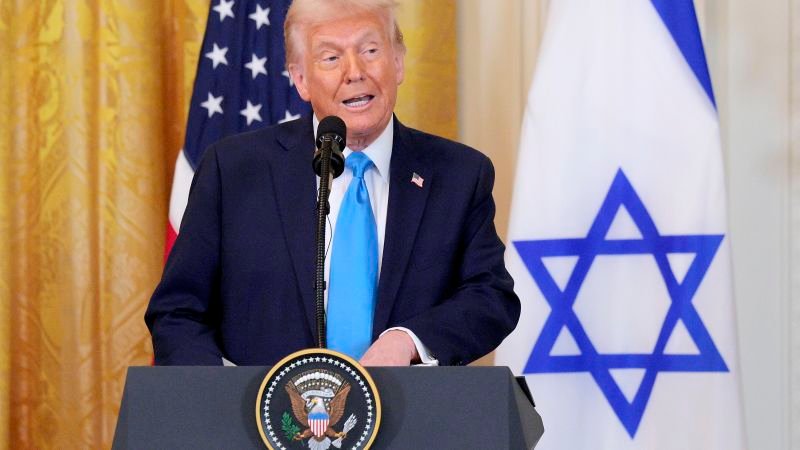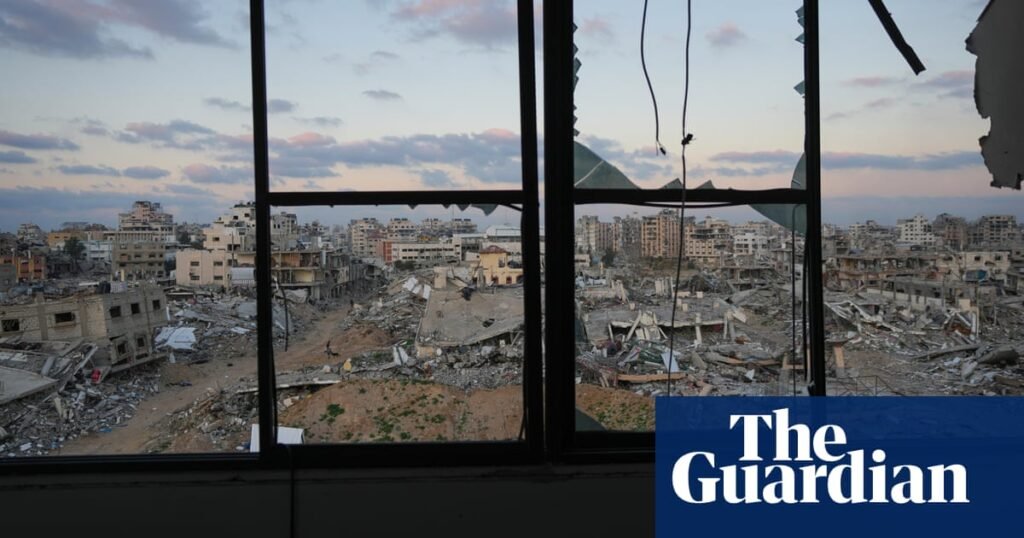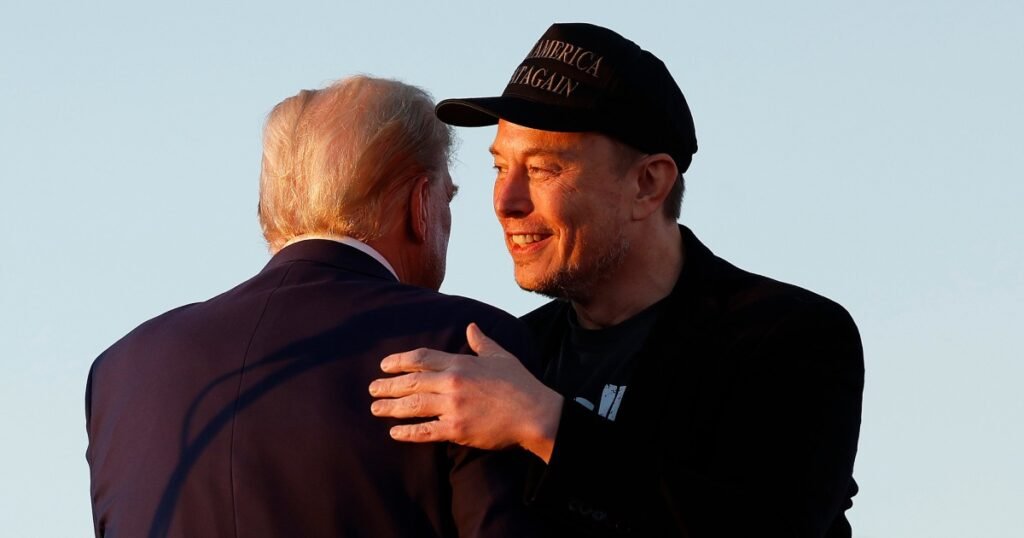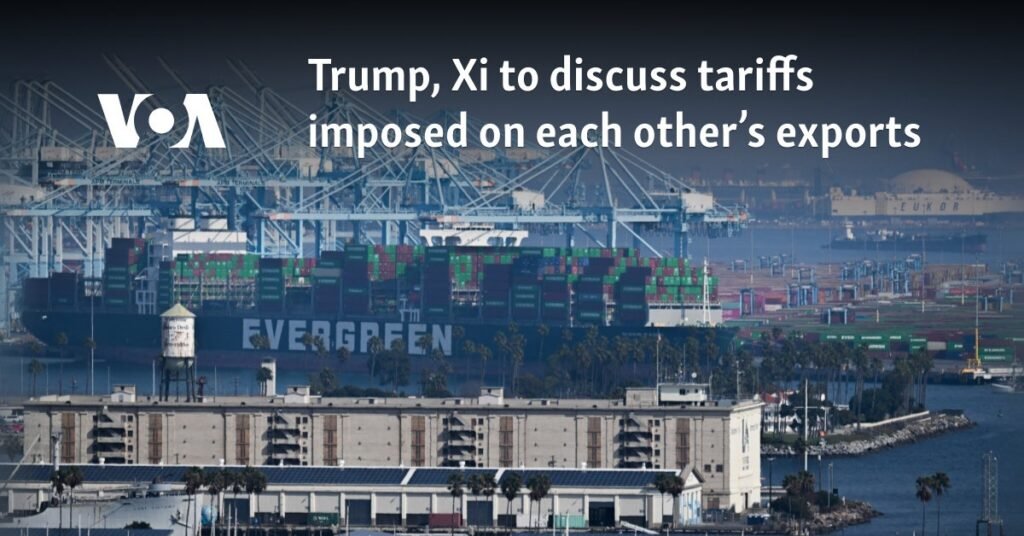In 2024, a wave of violent rampages disrupted China’s carefully cultivated image of stability, exposing underlying tensions often obscured by the country’s tightly controlled narrative. Dubbed “Xianzhong-ology” by netizens—a reference to an infamously bloody Ming rebel Zhang Xianzhong—these “revenge on society” attacks unsettled a nation unaccustomed to such public displays of disorder. Unlike incidents in the past, this spate of violence seemed to reflect deeper fractures within Chinese society, sparking widespread unease and forcing an unusual degree of national introspection—as well as a broader push for greater security by the authorities.
For Chinese President Xi Jinping, these attacks represent a profound challenge—not just to governance but to the narrative he has spent his career crafting. Shaped by the tumult of the Cultural Revolution, Xi prizes stability above all else. The 2014 Kunming train station knife attack, attributed to Uyghur separatists, spurred sweeping counterterrorism measures, including a vast surveillance apparatus. But the current wave of violence is different. These are not acts of ideological extremism or organized resistance—they are eruptions of despair. Surveillance cameras and facial recognition software cannot anticipate or address the kind of desperation driving these tragedies.
But are these attacks truly on the rise, or has the hyperamplified lens of social media distorted perceptions, making rare events feel omnipresent?
China’s Ministry of Public Security consistently reports that the country remains one of the world’s safest, with homicide rates among the lowest globally. Violent crimes, from theft to fraud, are reported to have decreased significantly since 2019. This narrative is further supported by the 2024 Rule of Law Blue Book, published by the Chinese Academy of Social Sciences, which paints a picture of a society largely free from widespread criminality. The veracity of these figures is uncertain; criminologist Borge Bakken has argued that the vast majority of crime in China never appears in the official figures.
Whether the figures are real or not, this statistical assurance contrasts sharply with public perception—and, in some cases, doesn’t even correspond with police departments’ own reports. According to a BBC tally, police recorded just three to five pedestrian or stranger attacks annually between 2019 and 2023, but that number jumped to 19 in 2024. Casualties followed a grim trajectory: Fatalities rose from three in 2019 to 16 in 2023 before surging to 63 in 2024, while injuries increased from 28 to 40 before spiking to 166. It remains unclear whether all such incidents are officially reported. Meanwhile, social media platforms such as Weibo played a pivotal role in amplifying these events, spreading news to millions of people before state censors could intervene.
Like mass killings in the United States, the roots of this violence often seem to be personal frustration. Consider the Zhuhai car ramming, where a man’s dissatisfaction with his divorce settlement ended in 35 deaths. Or the Wuxi vocational school attack, where a student’s frustration over academic failure and unpaid wages led him to stab eight people and injure 17. There are common threads in these attacks: economic insecurity, diminishing upward mobility, and the absence of robust mental health support systems. For years, breakneck economic expansion served as a salve to social problems, masking deep-seated inequities and offering hope to millions of people. Today, that foundation feels increasingly unsteady. Youth unemployment officially hovers around 20 percent, though experts believe the real number is much higher. Disillusioned young people, some embracing the tangping ethos of “lying flat,” have opted out of the rat race altogether, rejecting a system they see as failing them.
The collapse of the real estate market has only deepened the malaise. For decades, homeownership was more than a financial milestone—it was a cornerstone of middle-class identity and a promise of stability. That promise turned out to be false: today, as property values plummet, millions of families are instead trapped in financial quicksand.
Economic woes are compounded by stark inequalities. The wealthiest 1 percent of Chinese citizens now control more than 30 percent of the country’s wealth, while the bottom half hold just 6 percent—a gap on par with the United States and Europe. By 2015, China’s richest 10 percent were taking home 40 percent of the nation’s income, outpacing France but still trailing the United States, where the figure stood at 47 percent. For a government that has staked its legitimacy on delivering “common prosperity,” this glaring disparity is a dangerous contradiction. Local governments, drowning in debt, are increasingly unable to provide essential services such as education and health care, forcing families to shoulder burdens they cannot sustain. These pressures have created a society on edge, where every setback feels insurmountable.
There’s little social support for people struggling. Despite growing awareness, mental health remains a deeply stigmatized issue in China. Counseling is scarce, and seeking help is often viewed as a sign of weakness. According to the World Health Organization, 54 million Chinese people have depression and another 41 million anxiety disorders. The problem is particularly acute among young people: A 2022 study reveals that nearly 40% of Chinese college students experience subthreshold depression, with heightened risks linked to financial strain, chronic illness, and pandemic-related stress. Barclay Bram, a fellow at the Asia Society Policy Institute’s Center for China Analysis, whose research focuses on mental health developments and youth unemployment in China, cautions against oversimplified narratives about the mental health crisis. “There has been a surge of interest in mental health in China over the past two decades and especially since the [COVID-19] pandemic. This means that we need to be careful when stating that mental health is significantly declining in China—it may well be that people are seeking treatment at higher rates and therefore appearing more in statistics,” he said.
While awareness and diagnosis may be increasing, many experts argue that deeper structural issues are also at play. Rising social pressures, economic instability, and limited access to mental health care are fueling both despair and, in some cases, violence. Wei Zhizhong, the chief expert at Guangzhou’s Yiwei Duxin Psychological Counseling Center, points to China’s rapid socioeconomic shifts, which have left many struggling with emotional and psychological distress. Others contend that the country’s underdeveloped mental health system fails to provide timely intervention, allowing crises to escalate unchecked.
However, Bram emphasizes the importance of avoiding unfounded assumptions: “We should be careful when attributing recent attacks to mental illness. There is plenty of stigma around mental health in China, and without clear diagnostic evidence backing up the connection between specific perpetrators and mental health, we should be cautious about making armchair diagnoses from afar.”
Yet there is a palpable sense of the psychological toll of the last five years. “Burnout is everywhere, but not everyone recognizes it,” said Chang Che, a writer who has extensively covered social trends in China. Che highlights an inequality not just in how mental health is viewed but also in how it is addressed: In China’s first-tier cities, a burgeoning discourse around personal and societal ills has emerged, led by an educated, middle-class population equipped with tools such as therapy and self-help literature.
They theorize their exhaustion, analyze the broader status quo, and explore pathways to change. Outside these urban hubs, however, the same pervasive burnout exists but often without the language, resources, or frameworks to address it. In Shanghai, burnout is a topic of conversation; in Wuxi, it’s an unspoken reality. This divide is reflected in the attackers themselves. Many come from marginalized backgrounds or belong to older generations, often from regions where economic decline and social isolation have deepened their struggles. Without access to mental health resources or structured coping mechanisms, frustration festers and, in some cases, erupts into violence. The disparity in access to mental health resources and coping mechanisms may partly explain why violent outbursts often emerge in less developed areas, where avenues for relief are far more limited.
Despair and violence are tests of the system. China’s weiwen, or social stability maintenance system, is formidable. It employs an array of tools—from high-tech surveillance to the suppression of dissent—to preempt unrest. However, it provides no solutions to the underlying causes of societal discontent.
The government’s response to the 2024 attacks illustrates this tension. In Zhuhai, authorities implemented a profiling system designed to identify “high-risk” individuals—those without spouses, children, income, or assets and who had suffered significant setbacks. The approach reflects the state’s reliance on identifying and managing perceived threats rather than alleviating the underlying social and economic pressures that create them. Bram warns of the potential pitfalls of this strategy: “There is a risk that the government will conclude from these attacks that people facing difficult life circumstances—divorce, unemployment, bankruptcy, etc.—are inherently ‘sensitive’ individuals, i.e., high-risk. This risks pathologizing and securitizing the vicissitudes of life, increasing the pain for people already suffering.”
Worse, the very act of labeling and monitoring these individuals could deepen their alienation, further inflaming resentment. If state intervention manifests as harassment rather than support, it may not only fail to prevent future violence but could, in some cases, push those already on the brink over the edge.
State-controlled media has no time for examination of deeper problems. Each attack is framed as an isolated tragedy, disconnected from systemic issues. News reports are sanitized, social media posts deleted, and public discourse stifled. While this approach shields the government from immediate accountability, it deepens the gap between leaders and the public.
Lynette Ong, a political scientist specializing in authoritarianism at the University of Toronto, argues that fractured state-society relations and eroded trust have created fertile ground for frustration to manifest in alarming ways, including acts of desperation. “I expect China to be a society that is increasingly difficult to govern, with the possibility of rising violence,” she said. “Zero-COVID strained state-society relations and broke down trust between citizens and both the central government and grassroots agents.” According to Ong, violent acts—whether self-harm or targeted at others—often represent a form of venting against systemic challenges that remain unresolved.
For the Chinese Communist Party, the stakes are significant. Each “revenge on society” attack challenges the party’s carefully curated image of harmony and control, raising uncomfortable questions about deeper societal issues. These incidents may reflect growing disillusionment rooted in inequality, unmet expectations, and a weakening social compact—issues that cannot be addressed solely through surveillance and suppression.
The party faces a stark choice. It can double down on its control tactics, risking further alienation, or it can confront the uncomfortable truths behind these crises. Real reforms—addressing inequality, expanding mental health services, and restoring trust in institutions—are essential. Yet Xi’s administration has shown little appetite for meaningful change. Stability, for now, means preserving the status quo, even as cracks in the system continue to widen.
But the cost of inaction is growing. As grievances accumulate and remain unaddressed, isolated acts of violence may become more frequent, evolving from aberrations into a grim pattern of societal dysfunction. The state’s heavy-handed tactics, designed to suppress dissent and manage crises, risk creating an environment where desperation festers unchecked.




















